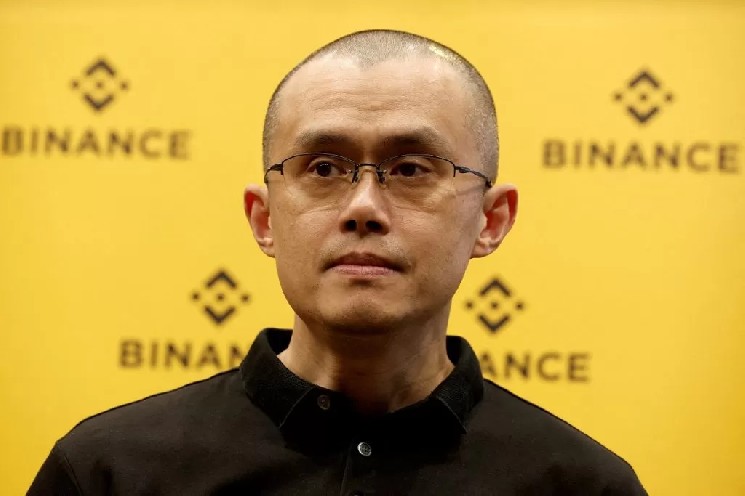In the current digital age, data has become a more precious resource than gold. Tech giants have gained huge commercial benefits by collecting and analyzing users' personal data, while users often do not get the due return. This phenomenon of unequal data transactions and privacy infringement has become a serious problem in modern society. The birth of Vana is precisely to break this status quo and challenge the existing data economic model. Through decentralized technology, Vana allows each user to regain control over their own data, and even use this data to train AI models to obtain direct benefits. In Vana's world, users are not only the creators of data, but also the owners and beneficiaries of data, redefining the value and usage rights of data. Now VANA is about to be launched on The First trading platform. How to find potential investment opportunities in the VANA ecosystem, and what surprises will VANA bring to crypto users?
I. What is VANA?
Vana is a decentralized AI data protocol aimed at empowering users to participate in the training, management and monetization of AI models through their own data. Through a decentralized organization called the "Data DAO", Vana enables users to own and manage their personal data while protecting their privacy, and to earn rewards by contributing data and models. Vana's unique data liquidity network allows data to flow, trade and appreciate like financial assets. Vana originated from a research project at the Massachusetts Institute of Technology in 2018, committed to giving users ownership of their data and the AI models they create. It is fully open-source and operates as a permissionless decentralized network. The Open Data Foundation is dedicated to promoting the large-scale adoption of the Vana protocol, while organizations like Corsali focus on research and development.
In the Web2 era, platform companies have commercialized by collecting user data for free. For example, ByteDance's Toutiao can generate hundreds of billions of RMB in advertising revenue per year. Even if content creators on the platform receive a certain share, the core interests are still firmly controlled by the company. Vana combines blockchain technology and decentralized data management, allowing each user's data to be used for AI training without infringing on privacy, while ensuring data ownership belongs to the user. The platform adopts two core mechanisms: the Proof of Contribution mechanism and the Non-custodial Data mechanism, to ensure the privacy and security of data.
II. VANA Operating Model
Vana's operation relies on its "data liquidity network", the core functions of which include:
- Data DAO: Users upload their private data, which is integrated into various data DAOs, such as the Reddit Data DAO, the GPT Data DAO, etc.
- Token Incentives: Users receive platform-specific token incentives by contributing data, participating in training, and owning AI model rights. These tokens can be used for data exchange, AI model rewards, or participation in governance.
- Privacy Protection: Through the "Proof of Contribution mechanism" and the "Non-custodial Data mechanism", Vana ensures that user data is only used within the authorized scope, protecting privacy.
- Multi-Token System: Vana introduces dedicated tokens for different data sets and models, such as data set-specific tokens and AI model tokens, empowering the growth of the platform ecosystem.
III. VANA's Technical Core
Just as Bitcoin has realized trustless value transfer and Ethereum has realized programmable state transition, Vana has realized programmable data ownership, with the core principle of personal data sovereignty. Vana's technical architecture is based on advanced blockchain and cryptographic technologies, ensuring the security, privacy and tradability of data in a decentralized environment. Its key technologies include:
- Proof of Contribution Mechanism: Ensures that the value of user data can be verified while protecting privacy. This allows users to contribute data with confidence and receive corresponding rewards.
- Non-custodial Data Mechanism: Ensures that data is only used for approved AI training, avoiding data leakage and abuse.
- EVM-compatible Layer 1 Blockchain: Vana is based on an EVM-compatible Layer 1 blockchain architecture, supporting decentralized operations and data flows, ensuring the platform's efficiency, security and scalability.
IV. VANA Team and Financing Information
Vana was co-founded by two experienced Filipino entrepreneurs, Anna Kazlauskas and Art Abal, with team members having rich backgrounds in computer science, economics, public policy and AI.
- Anna Kazlauskas: She has a background in computer science and economics, was an early Ethereum miner, and has conducted data research at international financial institutions. She has also served as a policy advisor to the Prime Minister of East Timor, dedicated to designing a fair legal system.
- Art Abal: Harvard University Master of Public Policy, previously led the innovation of data collection methods at AI training data provider Appen.
Vana has received support from top-tier investment institutions including Paradigm and Coinbase since its inception. The project's financing situation is as follows:
- December 2022: Completed $18 million in financing, led by Paradigm with multiple investors participating.
- September 2024: Completed $5 million in strategic financing, led by Coinbase.
- In addition, Vana has completed $2 million in undisclosed financing.
The team is composed of blockchain technology experts and seasoned AI practitioners, committed to creating a decentralized, privacy-friendly data exchange platform to drive the integration of AI and blockchain technology.
V. VANA Token Economics
Vana's token economic model adopts various incentive mechanisms to ensure the healthy operation of the ecosystem. Users receive VANA tokens through data contribution and AI model training, which can be used for DAO governance, data trading and reward distribution. The circulation and reward mechanisms of the tokens have created a closed loop, encouraging users to continuously contribute high-quality data while providing strong momentum for the development of the platform's ecosystem. The token distribution is as follows: Core Contributors: 22,560,000 tokens, accounting for 18.8% of the total; Community: 52,800,000 tokens, accounting for 44.0% of the total; Investors: 17,040,000 tokens, accounting for 14.2% of the total; Ecosystem: 27,480,000 tokens, accounting for 22.9% of the total.
Followin' must be translated into 'Followin'. Layer 1 must be translated into 'Layer 1'. Paradigm must be translated into 'Paradigm'. TRON must be translated into 'TRON'. Sui must be translated into 'Sui'. JOE must be translated into 'JOE'. NKN must be translated into 'NKN'. HT must be translated into 'HT'. GT must be translated into 'GT'. BAL must be translated into 'BAL'. AR must be translated into 'AR'. ONT must be translated into 'ONT'. SUI must be translated into 'SUI'. SYN must be translated into 'SYN'. KAS must be translated into 'KAS'. RON must be translated into 'RON'. ONG must be translated into 'ONG'.




